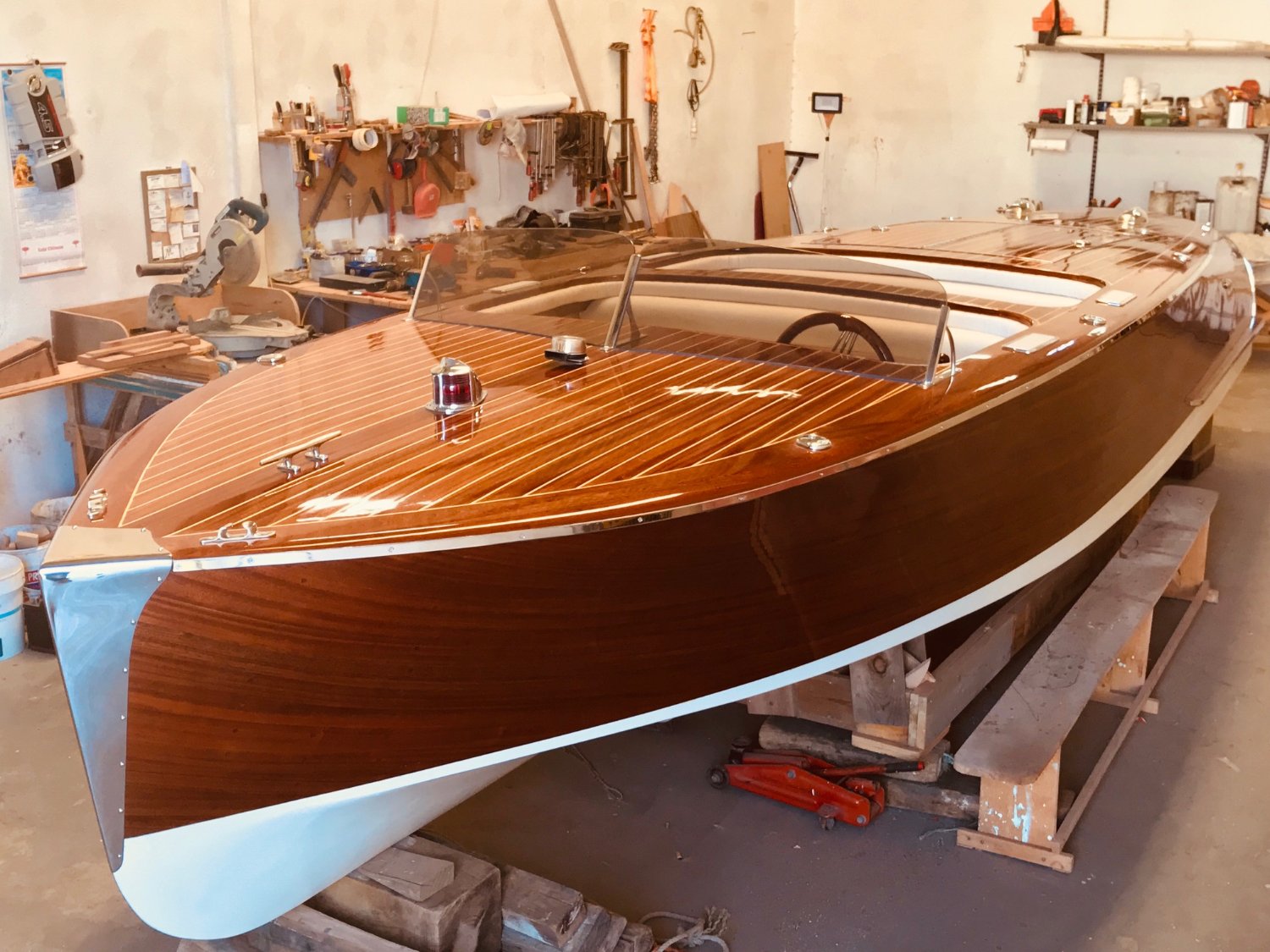
Wooden Sailboat Plans for Long-Range Sailing Adventures
The allure of a wooden sailboat for long-range sailing adventures is undeniable. The timeless elegance, the craftsmanship, and the sense of connection to the sea that a wooden vessel evokes are unmatched. But embarking on such an adventure requires meticulous planning and a well-chosen boat. This article delves into the world of wooden sailboat plans specifically designed for long-range sailing adventures, exploring the factors to consider when selecting plans, the key design elements, and the advantages and challenges of building and sailing a wooden vessel.
Choosing the Right Wooden Sailboat Plans
Selecting the perfect wooden sailboat plans for your long-range adventure is paramount. It's crucial to choose plans that align with your sailing experience, budget, and desired cruising style. Here are some key factors to consider:
1. Size and Displacement
For long-range sailing, a vessel with ample displacement is essential. Displacement refers to the weight of the boat when fully loaded. A heavier displacement allows the boat to handle rough seas more effectively, provides greater stability, and offers a more comfortable ride. Size is also crucial, as it directly impacts the available living space, storage capacity, and carrying capacity. Smaller boats are often more challenging to live aboard for extended periods, while larger boats may be more demanding to handle and require more maintenance.
2. Hull Design
The hull design is crucial for performance and seaworthiness. A well-designed hull should be strong, efficient, and capable of handling a variety of conditions. Here are some popular hull designs for long-range sailing:
- Long Keel: This design offers excellent stability and upwind performance but can be less maneuverable in tight spaces.
- Fin Keel: These keels offer a balance of stability and maneuverability, making them popular for cruising.
- Full Keel: Similar to long keels, but with a wider, flatter profile, providing stability in heavy seas.
- Centerboard: This design allows for shallow draft in harbors, but can be less stable in strong winds.
3. Rigging and Sail Plan
The rigging and sail plan are essential for controlling the boat and generating power. Consider the type of rigging (e.g., masthead sloop, cutter, ketch) and the sail area. A larger sail area offers more power but can be challenging to handle in strong winds. Choose a rigging and sail plan that suits your sailing experience and the intended sailing conditions.4. Accommodation and Layout
For long-range adventures, the living space onboard must be comfortable and functional. Consider the layout of the cabins, galley, head, and storage areas. Ensure there's sufficient headroom, ventilation, and natural light. Choose a layout that optimizes living space while minimizing wasted area.5. Construction Materials and Techniques
Wooden boats offer various construction options, each with its advantages and disadvantages. Popular choices include:- Strip-Planking: This technique uses thin strips of wood glued and fastened to form the hull. It's relatively lightweight, strong, and offers flexibility in shaping the hull.
- Carvel Planking: This traditional method uses wider planks that are butted together and fastened to the frames. It's robust and offers a classic look.
- Stitch and Glue: This modern technique uses thin plywood panels that are joined with glue and stitches before the glue sets. It's fast and relatively easy to construct.
Key Design Elements for Long-Range Wooden Sailboats
Wooden sailboat plans specifically designed for long-range adventures often incorporate specific features that enhance seaworthiness, comfort, and practicality:
1. Heavy Displacement and Robust Construction
Long-range sailing requires a boat that can handle rough seas and challenging conditions. Heavy displacement provides inherent stability, and a robust construction ensures strength and durability.
2. Efficient Hull Form
A well-designed hull form minimizes resistance and maximizes efficiency. It should be able to cut through waves and maintain speed, even in challenging conditions.3. Strong Rigging and Sail Plan
Rigging and sail plan should be designed for strength and reliability. It should handle the forces of wind and sea and be easy to maintain.4. Comfortable and Functional Interior
The interior should be designed for comfortable living onboard. It should have sufficient headroom, natural light, ventilation, and ample storage space. A well-designed galley and head are essential for extended cruising.5. Long-Range Capabilities
Features that support long-range cruising include ample water storage, a robust engine, a reliable navigation system, and a solar power system for energy generation.Advantages of Building and Sailing a Wooden Sailboat
Building and sailing a wooden sailboat offers a unique experience and numerous advantages:
- Craftsmanship and Legacy: Building a wooden boat is a rewarding and satisfying process that connects you with a rich maritime tradition.
- Natural Beauty and Character: Wooden boats exude a natural beauty and character that is unmatched by modern materials.
- Seaworthiness and Durability: Well-built wooden boats are known for their seaworthiness and durability, lasting for generations with proper maintenance.
- Customizability and Adaptability: Wooden boats offer the ability to customize the design and layout to perfectly suit your needs and preferences.
Challenges of Building and Sailing a Wooden Sailboat
While building and sailing a wooden sailboat offers immense rewards, it also presents challenges:
- Time Commitment: Building a wooden boat is a time-consuming and labor-intensive process, requiring patience and dedication.
- Cost: Building a wooden boat can be significantly more expensive than purchasing a mass-produced vessel.
- Maintenance: Wooden boats require regular maintenance to preserve their beauty and functionality.
- Skill Requirements: Building a wooden boat requires specialized woodworking skills and knowledge.
Conclusion
Wooden sailboat plans offer the opportunity to embark on long-range sailing adventures in a vessel that embodies craftsmanship, elegance, and connection to the sea. Choosing the right plans, understanding the key design elements, and being aware of the advantages and challenges are essential for a successful journey. With careful planning, dedication, and a passion for wooden boats, you can create a vessel that will carry you to distant shores and create memories that will last a lifetime.






No comments:
Post a Comment
Note: Only a member of this blog may post a comment.